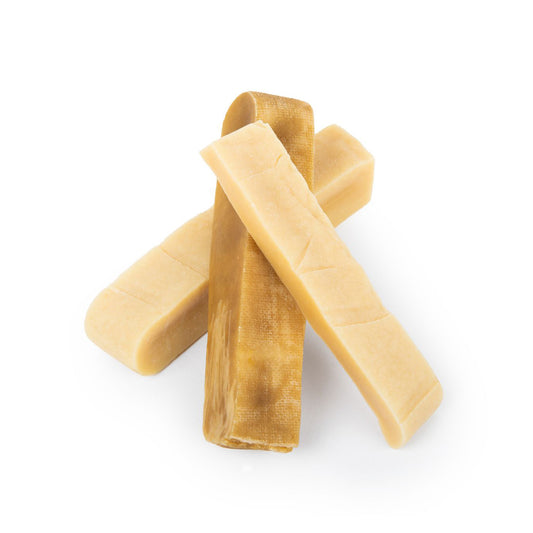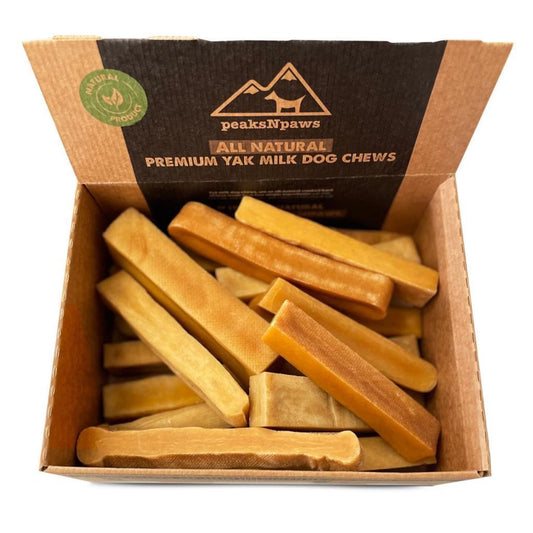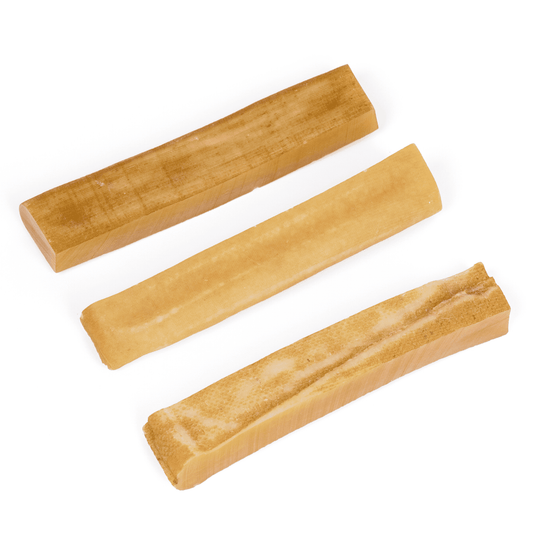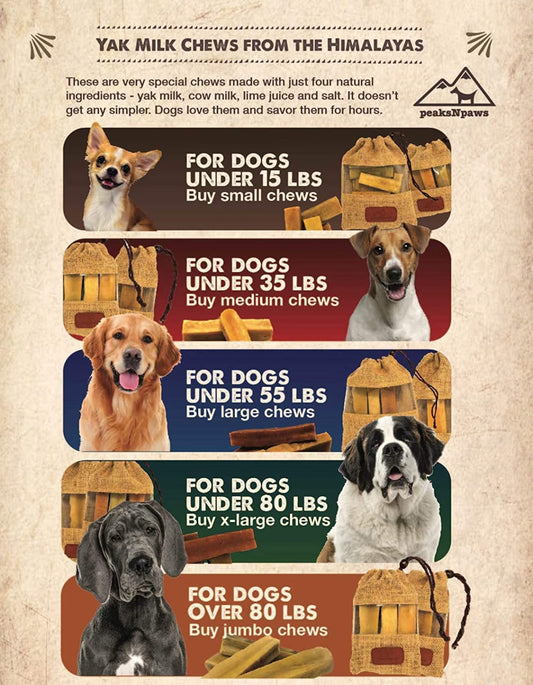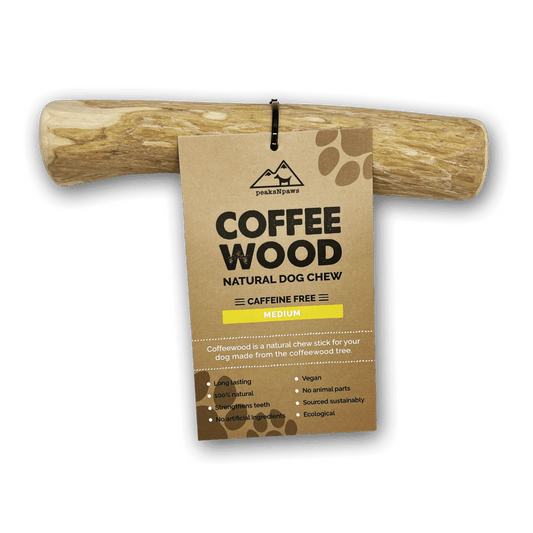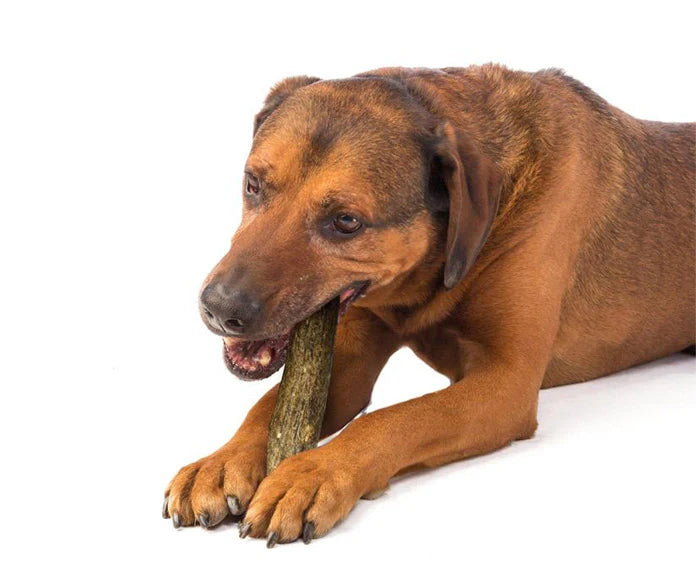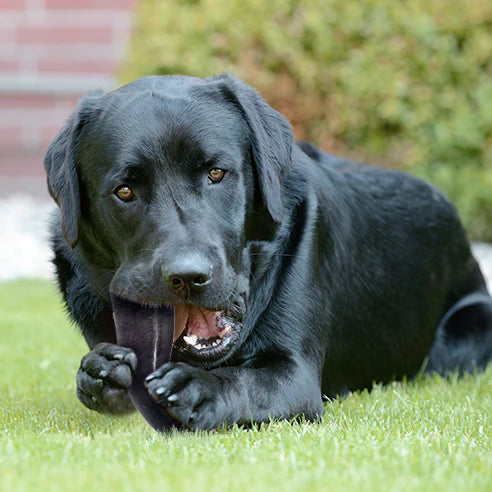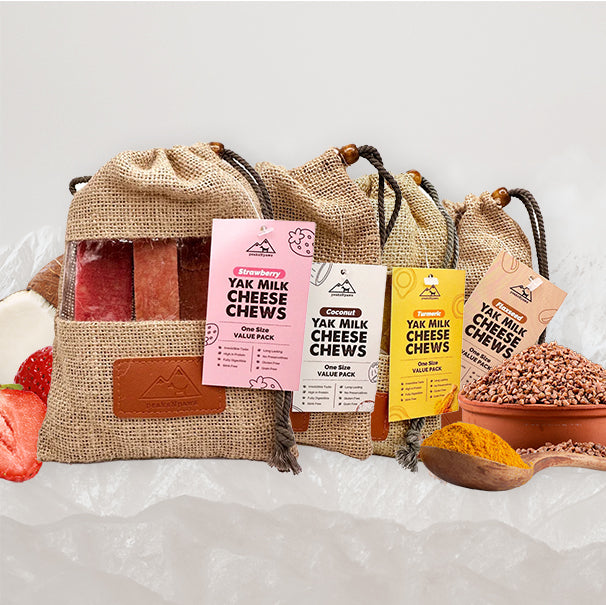Training your dog is an essential aspect of pet ownership, and the treats you use can make a significant difference. Cheese chews, known for their palatability and nutritional value, have gained popularity as an effective training tool.
This blog explores how cheese chews can be used for positive reinforcement in dog training.

Understanding Positive Reinforcement in Dog Training
Positive reinforcement is a dog training method that rewards desired behaviors, encouraging the dog to repeat them. This approach is not only effective but also strengthens the bond between you and your dog. Treats like cheese chews are perfect for this method due to their appeal to dogs.
Positive reinforcement is a cornerstone of modern dog training techniques, emphasizing the reward of good behavior rather than the punishment of bad behavior. This approach is based on the principle that behaviors followed by pleasant outcomes are more likely to be repeated. In positive reinforcement training, when a dog performs a desired behavior, they are immediately rewarded, which can include treats, verbal praise, petting, or play. The key is to make the reward so appealing that the dog is motivated to repeat the behavior.
Remember, the goal is to use cheese chews not just as a bribe but as a tool for positive reinforcement. Training should always be a fun and rewarding experience for your dog, and the strategic use of cheese chews can significantly enhance the effectiveness of your training sessions.
Why Choose Cheese Chews for Training

Choosing the right training treat is crucial for effective dog training. Cheese chews, in particular, offer several advantages that make them an excellent choice for this purpose.
High Palatability: One of the primary reasons for choosing cheese chews is their high palatability. Dogs are generally attracted to the taste and smell of cheese, making these treats highly motivating and engaging during training sessions. This heightened interest can make learning new commands and behaviors more efficient.
Ideal Size and Texture: Cheese chews come in a variety of sizes, making them perfect for dogs of all breeds and ages. Their texture is also a significant advantage. Unlike harder treats, cheese chews are softer and can be easily broken into smaller pieces, ideal for repetitive training exercises where quick consumption is necessary.
Nutritional Value: Cheese chews are not just tasty; they are also nutritious. They are typically high in protein and calcium, providing essential nutrients to your dog’s diet. This aspect is particularly important when using treats frequently during training, as it adds to the overall health benefits of your dog’s diet.
Low Calorie and Easy to Digest: Many cheese chews are lower in calories compared to other high-fat treats. This makes them a good option for maintaining a healthy weight in your dog. Furthermore, they are generally easy to digest, which is crucial when treats are given repeatedly in a training context.
Long-Lasting and Engaging: Cheese chews have a unique consistency that can keep dogs engaged for longer periods. This property is beneficial in training scenarios that require sustained attention and focus from the dog.
Versatility: Cheese chews are versatile and can be used in various training contexts – from basic obedience training to more complex behavioral training. They can be particularly effective in clicker training, where immediate rewards are crucial.
Positive Association and Reinforcement: The use of cheese chews as treats can create a strong positive association for the dog with the training process. This positive reinforcement enhances learning and strengthens the bond between the dog and the trainer or owner.
Cheese chews offer a combination of taste appeal, nutritional benefits, and practicality that makes them an outstanding choice for training treats. They can significantly enhance the training experience for both the dog and the trainer, making the learning process more enjoyable and effective.
Training Techniques Using Cheese Chews
Using cheese chews effectively in dog training involves more than just handing out treats; it's about integrating them into a training strategy that optimizes learning and reinforces positive behavior. One effective technique is to use cheese chews as a lure and reward. For basic commands like 'sit' or 'stay,' hold a cheese chew above your dog's nose and slowly move it to encourage the desired action, rewarding them immediately once the action is performed. This method helps in establishing a clear association between the command and the reward.
Cheese chews can also be instrumental in clicker training, a method where the click sound precedes the treat. When teaching complex commands or tricks, break the behavior into smaller steps or behaviors, rewarding your dog with a small piece of cheese chew for each successful step. This approach, known as shaping, allows for gradual learning and is highly effective in teaching new skills.
For recall training, which is crucial for every dog's safety, cheese chews can be used as a high-value reward. When your dog comes back to you in response to a recall command, a cheese chew can be given as a special reward, distinguishing it from other less significant behaviors. This helps in reinforcing the importance of the recall command.
Another technique is to use cheese chews in distraction training. Here, the high value of the treat helps in keeping your dog's focus amidst distractions. Start in a low-distraction environment and gradually increase the level of distraction, always rewarding with a cheese chew for maintaining focus or performing a command amidst these distractions.
In addition to these techniques, it’s important to use cheese chews to reinforce calm and desired behaviors spontaneously. This not only aids in training but also in developing a well-mannered canine companion.
Cheese Chews for Different Dogs and Training Stages
Puppies, adult dogs, and seniors all respond well to cheese chews, but the approach might differ. Puppies are highly motivated by treats but require smaller pieces due to their size. Larger breeds might need more substantial chews. For dogs with dietary restrictions or picky eaters, cheese chews can be a novel and effective treat. Let's delve deeper into this:
Cheese chews are versatile treats that can be adapted to suit dogs at various stages of their life and training. Understanding how to use them effectively for different dogs is key to successful training.
Puppies and Early Training: Puppies are in a crucial learning stage and are often very receptive to training with treats. Cheese chews are an excellent choice due to their soft texture, which is gentle on a puppy's developing teeth and jaws. For puppies, small-sized chews or broken pieces are ideal to prevent choking and overeating. Training sessions with puppies should be short, positive, and engaging, using cheese chews as a reward for simple commands.
Adult Dogs and Ongoing Training: Adult dogs can be trained or retrained using cheese chews, which can be especially useful for correcting behaviors or learning new skills. For adult dogs, regular-sized cheese chews are appropriate. They can be used to reinforce more complex commands and behaviors. Since adult dogs may have a well-established taste preference, the unique flavor of cheese chews can be particularly motivating.
Senior Dogs and Gentle Training: Senior dogs might have different dietary and chewing needs due to their age. Softer cheese chews are ideal for older dogs who may have dental issues or a decreased ability to chew hard treats. Training or reinforcing commands with senior dogs using cheese chews should be gentle, considering their physical limitations and potential health issues.
Breed and Size Considerations: The breed and size of your dog also play a significant role in how you use cheese chews for training. Large breeds may require larger or more robust chews, while smaller breeds might need smaller, more manageable pieces. Also, consider the calorie content relative to the dog's size and dietary needs to avoid overfeeding.
Training for Specific Behaviors: Cheese chews can be particularly effective for specific training scenarios such as crate training, potty training, or behavior modification. Their high-value nature can make them a powerful motivator for dogs to learn and adhere to desired behaviors.
Dietary Concerns and Allergies: Always consider any dietary restrictions or allergies your dog may have. While cheese chews are generally safe, it's important to ensure they don't contain ingredients that could harm your dog. In case of allergies or sensitivities, consult with your veterinarian before introducing any new treats.
Balancing Diet with Training: While cheese chews are a beneficial tool in training, they should not replace a balanced diet. Be mindful of how much you're feeding in relation to your dog’s regular meals and overall diet. Adjust meal portions if necessary to maintain a healthy weight and diet.
Cheese chews can be an effective and enjoyable training treat for dogs of all ages, breeds, and sizes. By tailoring the use of cheese chews to your dog’s specific stage of life, size, and dietary needs, you can enhance the training experience and promote a healthy, happy, and well-behaved pet.

Making the Most of Training Sessions with Cheese Chews
Maximizing the effectiveness of training sessions with cheese chews requires a strategic approach that goes beyond simply using them as rewards. The key is to integrate these treats into training in a way that enhances learning and reinforces desired behaviors. Firstly, timing is crucial - offer a cheese chew immediately after your dog exhibits the desired behavior. This instant reward helps the dog associate the behavior with a positive outcome. Secondly, consistency is vital. Use cheese chews uniformly for specific actions or commands to build a clear understanding in your dog's mind.
To keep your dog’s interest peaked, vary the way you present the cheese chews. Sometimes, hide them in your hand or behind your back to create a sense of anticipation and excitement. This variation can make the training feel more like a game, maintaining your dog's motivation and focus. Portion control is another essential aspect. Since cheese chews are treats, they should be used sparingly and not replace regular meals. Break the chews into smaller pieces, especially during repetitive training exercises, to prevent overfeeding.
It's also important to gradually reduce the dependency on treats as training progresses. Start phasing out the treat gradually once your dog consistently responds to a command, replacing it occasionally with verbal praise or a pat. This transition helps in reinforcing the behavior without the dog becoming overly reliant on food rewards.
Lastly, pay attention to your dog's engagement level. If they seem disinterested or distracted, it might be time to end the session or take a short break. Training should be an enjoyable and rewarding experience for both you and your dog. By using cheese chews effectively, not only do you make training sessions more productive, but you also strengthen the bond with your pet through these positive interactions.
Where to Find Quality Cheese Chews
When selecting cheese chews, look for high-quality ingredients without unnecessary additives. When it comes to finding quality cheese chews for your dog, especially for training purposes, the choice of brand and source is crucial. One brand that stands out in this category is peaksNpaws.
What sets us apart is our commitment to natural, wholesome ingredients without unnecessary additives or preservatives. This dedication ensures that the treats are not only delicious but also safe and healthy for dogs. The cheese chews are made using traditional methods, which means they retain a high protein content and essential nutrients. Their range of cheese chews comes in various sizes and forms, catering to different breeds and chewing preferences. Whether you have a small puppy or a large adult dog, you can find a suitable option with peaksNpaws. They are also known for their ethical sourcing and eco-friendly practices, which align with the values of sustainable and responsible pet ownership.
When searching for quality cheese chews, peaksNpaws offers a combination of nutritional value, taste appeal, and ethical production. Their products not only serve as excellent training treats but also contribute to a healthy diet for your dog, making them a top choice for discerning pet owners.
Conclusion
Cheese chews are more than just treats; they're an effective tool in positive reinforcement training. By using them wisely, you can enhance your dog's learning experience and enjoy the training process. We encourage you to try cheese chews in your training routine and see the difference for yourself.
Have you used cheese chews in training your dog? Share your experiences and any tips you might have in the comments section below.

